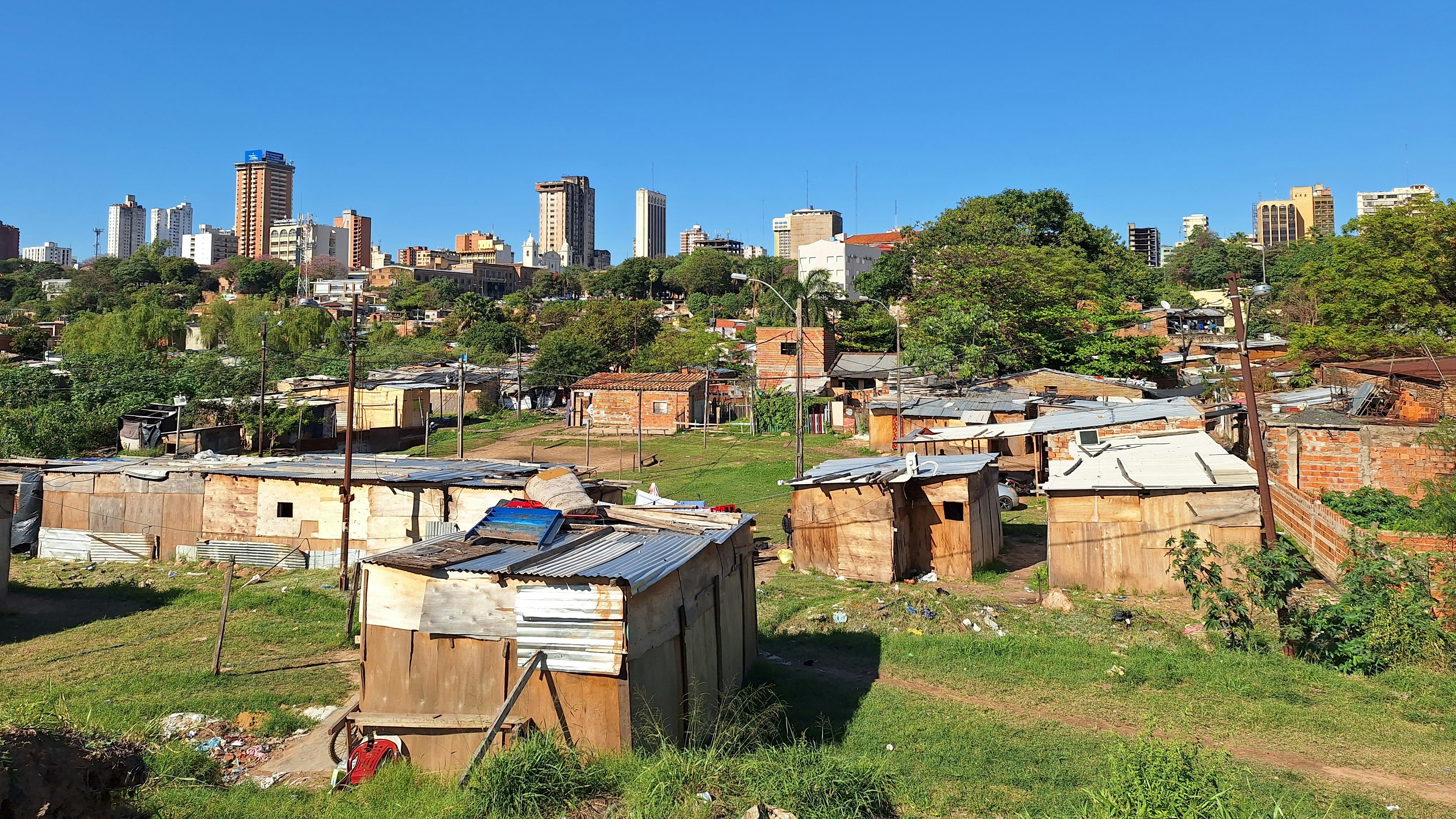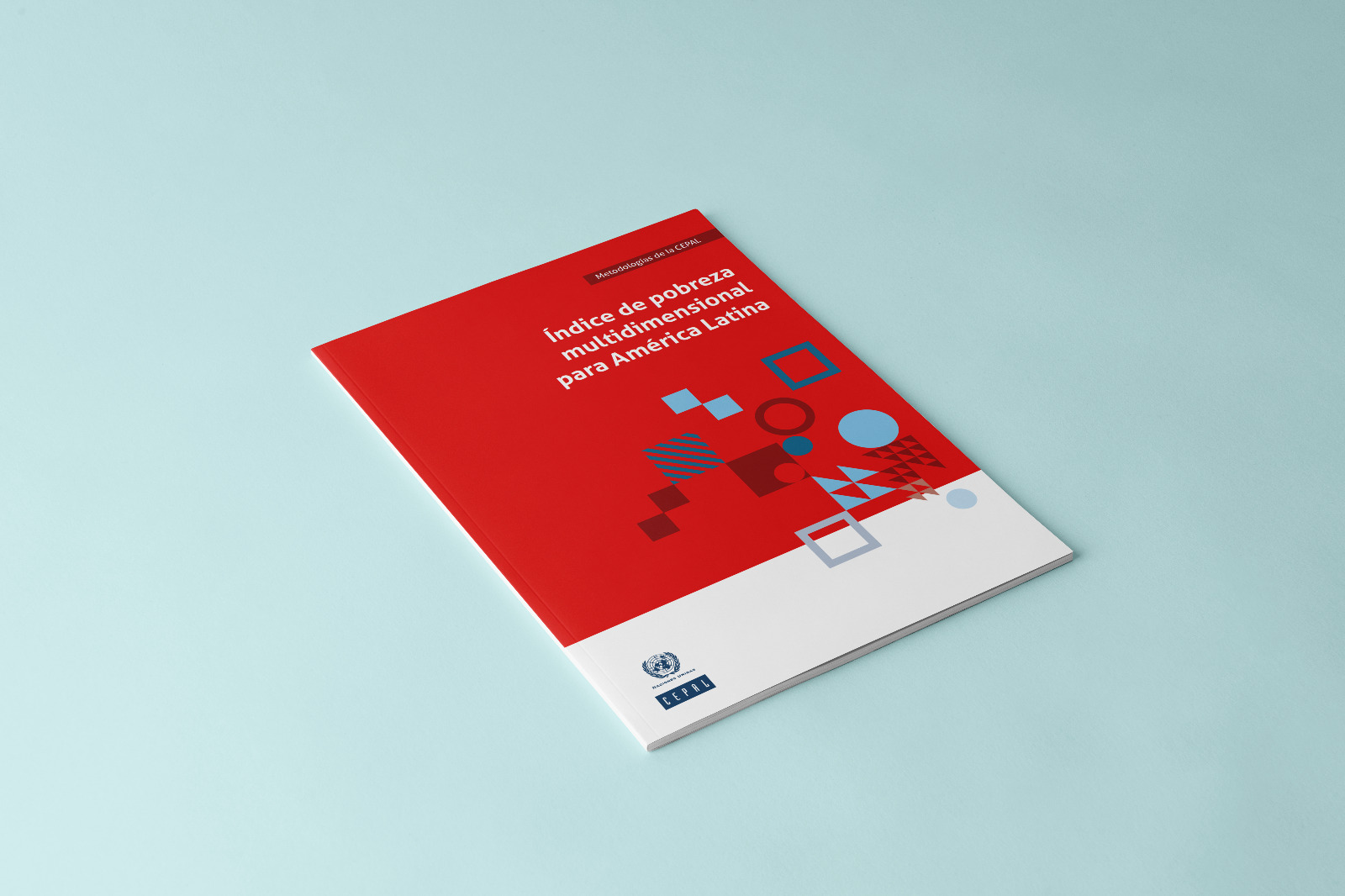The Multidimensional Poverty Index for Latin America reveals how poor households in the region live
Work area(s)

Poverty in Latin America is not only reflected in income. Many families face multiple deprivations that affect their well-being and opportunities for development. Lack of water, decent housing, access to health care, education, and quality employment are some of the shortcomings faced by millions of people.
To understand these dimensions, ECLAC developed the Multidimensional Poverty Index for Latin America (MPI-LA), a tool that provides a comprehensive measure of poverty in the region.
In collaboration with the United Nations Development Program (UNDP), this index was presented in April 2025 at an event that also included the participation of the Development Bank of Latin America and the Caribbean (CAF), the Inter-American Development Bank (IDB), and the World Bank.
Four dimensions, 12 indicators
The IPM-AL is constructed from 12 indicators, distributed across four dimensions:
• Housing: poor housing conditions, overcrowding, and lack of Internet access.
• Health: lack of access to water, adequate sanitation, and lack of health insurance.
• Education: non-attendance or falling behind in school among children and adolescents, low educational attainment among adults, and illiteracy.
• Employment and pensions: lack of labor market integration, precarious employment, and inadequate pensions for people over 65.
Each indicator has the same weight (1/12), which allows for a balanced assessment of the deprivations faced by households and guides comprehensive public policies.
Identifying multidimensional poverty
A person is considered multidimensionally poor if they face deprivation in at least one-third of the indicators. This makes it possible to identify households affected by deprivation in more than one area of well-being and to analyze inequalities in areas of well-being other than income.
A tool for effective policies
The MPI-AL can be used to design integrated poverty reduction strategies and monitor progress in human development. Thanks to its multidimensional approach, it allows for the identification of households affected by multiple deprivations and the design of programs that improve their access to basic services and development opportunities, thus contributing to the construction of more just and inclusive societies.
Key findings for Latin America
Between 2014 and 2024, multidimensional poverty in the region fell from 34.4% to 20.9%, driven by declines in almost all deprivations included in the MPI-AL. The sharpest decline was in Internet access, followed by adult educational attainment, sanitation, and overcrowding.
During this period, multidimensional poverty was consistently higher among people living in rural areas, children and adolescents, and the poorest quintiles of income distribution.
Related content

ECLAC and UNDP Present New Multidimensional Poverty Index for Latin America
This tool seeks to measure poverty with standards specifically tailored to the region’s reality, enabling comparisons between countries.
Country(ies)
-
Argentina
-
Bolivia
-
Brazil
-
Chile
-
Colombia
-
Costa Rica
-
Ecuador
-
El Salvador
-
Guatemala
-
Honduras
-
Mexico
-
Nicaragua
-
Panama
-
Paraguay
-
Peru
-
Dominican Republic
-
Uruguay